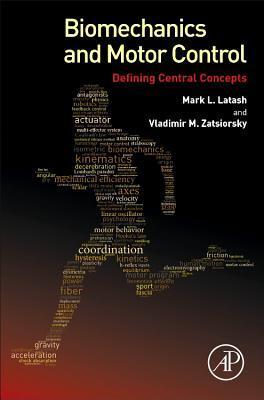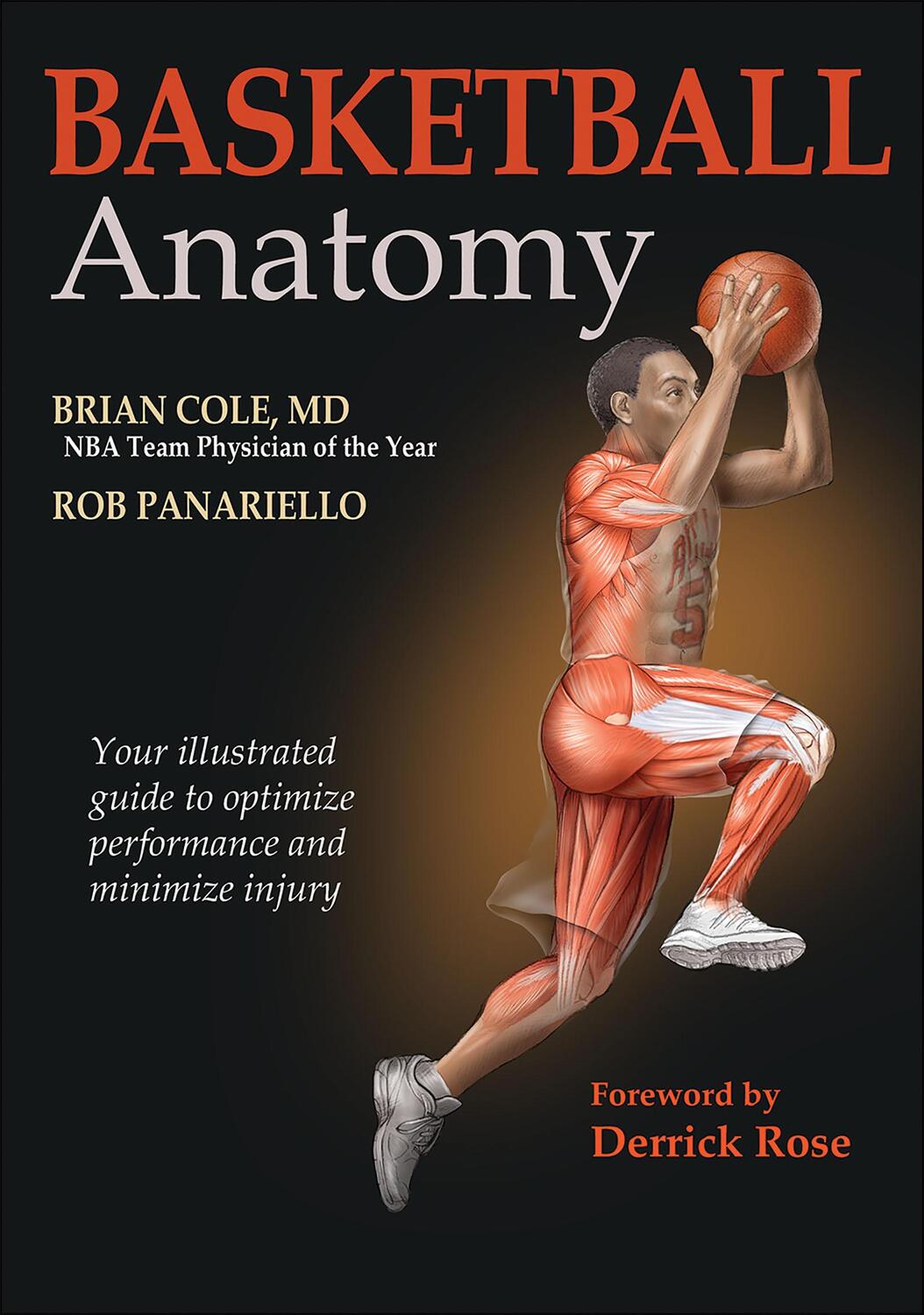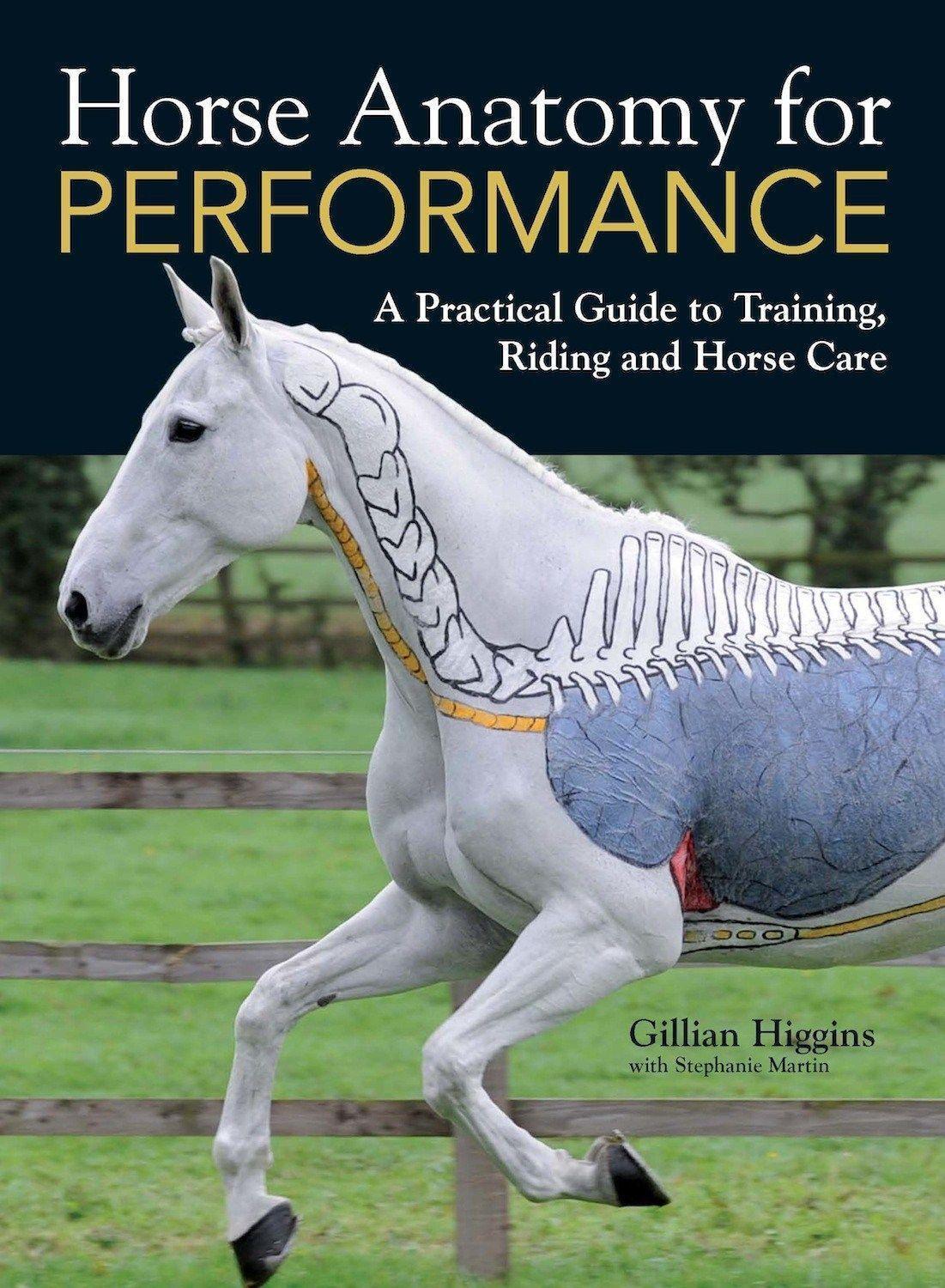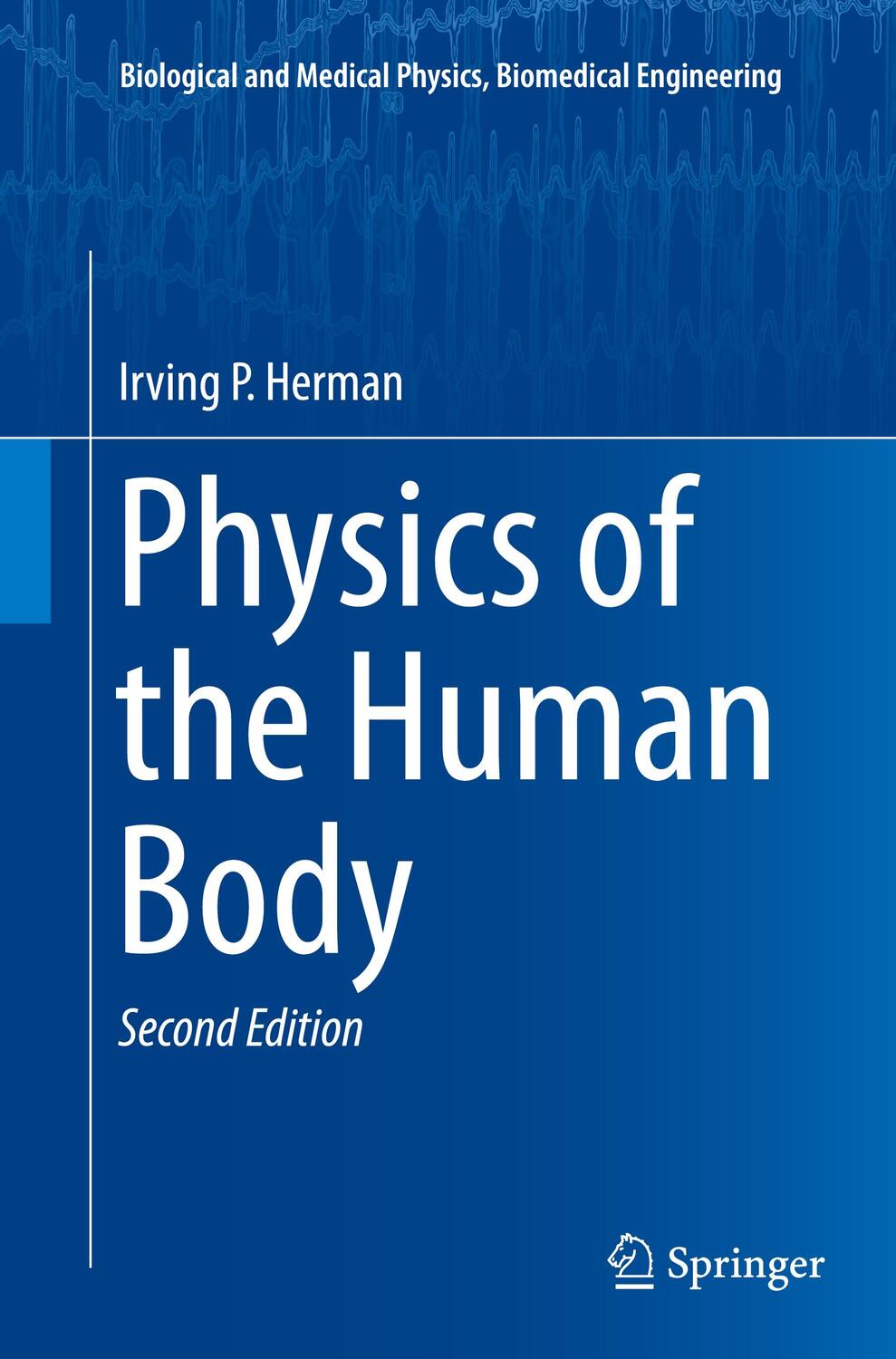79,00 €*
Versandkostenfrei per Post / DHL
Aktuell nicht verfügbar
Preface
Part One: Biomechanical Concepts
Chapter 1. Joint Torque
Chapter 2. Stiffness and Stiffness-Like Measures
Chapter 3. Velocity-Dependent Resistance
Chapter 4. Mechanical Work and Energy
Part Two: Neurophysiological Concepts
Chapter 5. Muscle tone
Chapter 6. Reflexes
Chapter 7. Preprogrammed Reactions
Chapter 8. Efferent Copy
Chapter 9. Central Pattern Generator
Part Three: Motor Control Concepts
Chapter 10. Redundancy and Abundance
Chapter 11. Motor Synergy
Chapter 12. Equilibrium-Point Hypothesis
Chapter 13. Motor Program
Part Four: Examples of Motor Behaviors
Chapter 14. Posture
Chapter 15. Grasping
Glossary
| Erscheinungsjahr: | 2015 |
|---|---|
| Fachbereich: | Theoretische Psychologie |
| Genre: | Psychologie |
| Rubrik: | Geisteswissenschaften |
| Medium: | Buch |
| Seiten: | 426 |
| ISBN-13: | 9780128003848 |
| ISBN-10: | 0128003847 |
| Sprache: | Englisch |
| Einband: | Gebunden |
| Autor: |
Latash, Mark L.
Zatsiorsky, Vladimir |
| Hersteller: | Elsevier Science Publishing Co Inc |
| Maße: | 236 x 162 x 27 mm |
| Von/Mit: | Mark L. Latash (u. a.) |
| Erscheinungsdatum: | 22.10.2015 |
| Gewicht: | 0,781 kg |
Preface
Part One: Biomechanical Concepts
Chapter 1. Joint Torque
Chapter 2. Stiffness and Stiffness-Like Measures
Chapter 3. Velocity-Dependent Resistance
Chapter 4. Mechanical Work and Energy
Part Two: Neurophysiological Concepts
Chapter 5. Muscle tone
Chapter 6. Reflexes
Chapter 7. Preprogrammed Reactions
Chapter 8. Efferent Copy
Chapter 9. Central Pattern Generator
Part Three: Motor Control Concepts
Chapter 10. Redundancy and Abundance
Chapter 11. Motor Synergy
Chapter 12. Equilibrium-Point Hypothesis
Chapter 13. Motor Program
Part Four: Examples of Motor Behaviors
Chapter 14. Posture
Chapter 15. Grasping
Glossary
| Erscheinungsjahr: | 2015 |
|---|---|
| Fachbereich: | Theoretische Psychologie |
| Genre: | Psychologie |
| Rubrik: | Geisteswissenschaften |
| Medium: | Buch |
| Seiten: | 426 |
| ISBN-13: | 9780128003848 |
| ISBN-10: | 0128003847 |
| Sprache: | Englisch |
| Einband: | Gebunden |
| Autor: |
Latash, Mark L.
Zatsiorsky, Vladimir |
| Hersteller: | Elsevier Science Publishing Co Inc |
| Maße: | 236 x 162 x 27 mm |
| Von/Mit: | Mark L. Latash (u. a.) |
| Erscheinungsdatum: | 22.10.2015 |
| Gewicht: | 0,781 kg |












